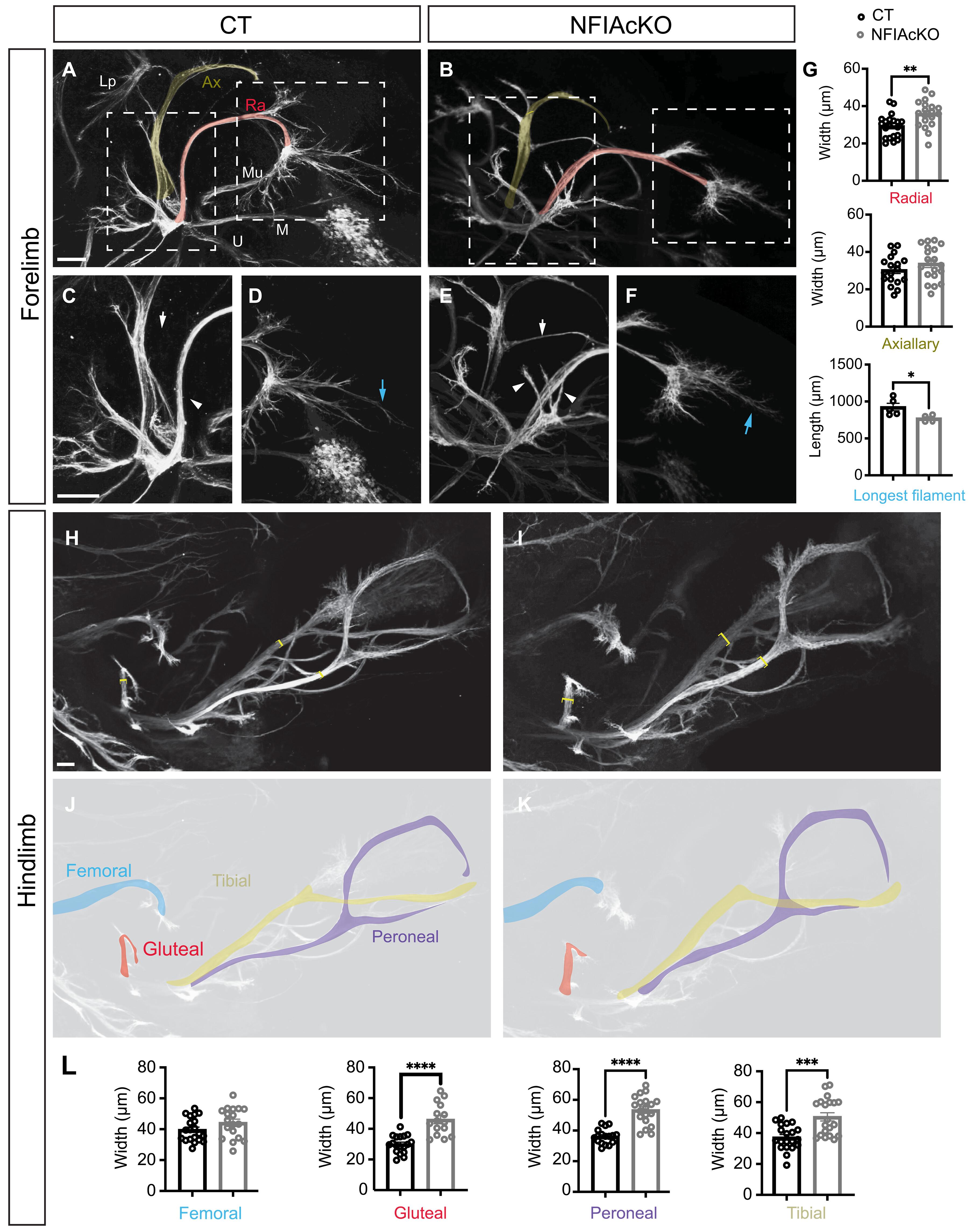脊髓运动神经元的发育和代谢受核因子IA的转录调控
IF 12.5
1区 综合性期刊
Q1 MULTIDISCIPLINARY SCIENCES
引用次数: 0
摘要
控制脊椎动物所有运动行为的神经回路依赖于运动神经元的适当发育及其对肢体肌肉的精确定位。转录因子对运动神经元的发育、调控其规格、迁移和轴突靶向至关重要。虽然运动神经元发育早期阶段的转录调控已经得到了很好的证实,但转录因子在成熟后期和肌肉靶向中的作用却知之甚少。定义这些后期阶段的分子机制对于阐明运动电路是如何构建的至关重要。在这里,我们证明了转录因子核因子IA (NFIA)是运动神经元定位、轴突分支和神经肌肉连接形成所必需的。此外,我们发现NFIA是线粒体正常功能和三磷酸腺苷生成所必需的,在运动神经元发育过程中提供了转录因子和代谢之间的重要联系。总之,这些发现强调了NFIA在指导脊柱回路组装运动中的关键作用。本文章由计算机程序翻译,如有差异,请以英文原文为准。

Spinal motor neuron development and metabolism are transcriptionally regulated by nuclear factor IA
Neural circuits governing all motor behaviors in vertebrates rely on the proper development of motor neurons and their precise targeting of limb muscles. Transcription factors are essential for motor neuron development, regulating their specification, migration, and axonal targeting. While transcriptional regulation of the early stages of motor neuron specification is well established, much less is known about the role of transcription factors in the later stages of maturation and muscle targeting. Defining the molecular mechanisms of these later stages is critical for elucidating how motor circuits are constructed. Here, we demonstrate that the transcription factor nuclear factor IA (NFIA) is required for motor neuron positioning, axonal branching, and neuromuscular junction formation. Moreover, we find that NFIA is required for proper mitochondrial function and adenosine triphosphate production, providing an important link between transcription factors and metabolism during motor neuron development. Together, these findings underscore the critical role of NFIA in instructing the assembly of spinal circuits for movement.
求助全文
通过发布文献求助,成功后即可免费获取论文全文。
去求助
来源期刊

Science Advances
综合性期刊-综合性期刊
CiteScore
21.40
自引率
1.50%
发文量
1937
审稿时长
29 weeks
期刊介绍:
Science Advances, an open-access journal by AAAS, publishes impactful research in diverse scientific areas. It aims for fair, fast, and expert peer review, providing freely accessible research to readers. Led by distinguished scientists, the journal supports AAAS's mission by extending Science magazine's capacity to identify and promote significant advances. Evolving digital publishing technologies play a crucial role in advancing AAAS's global mission for science communication and benefitting humankind.
 求助内容:
求助内容: 应助结果提醒方式:
应助结果提醒方式:


